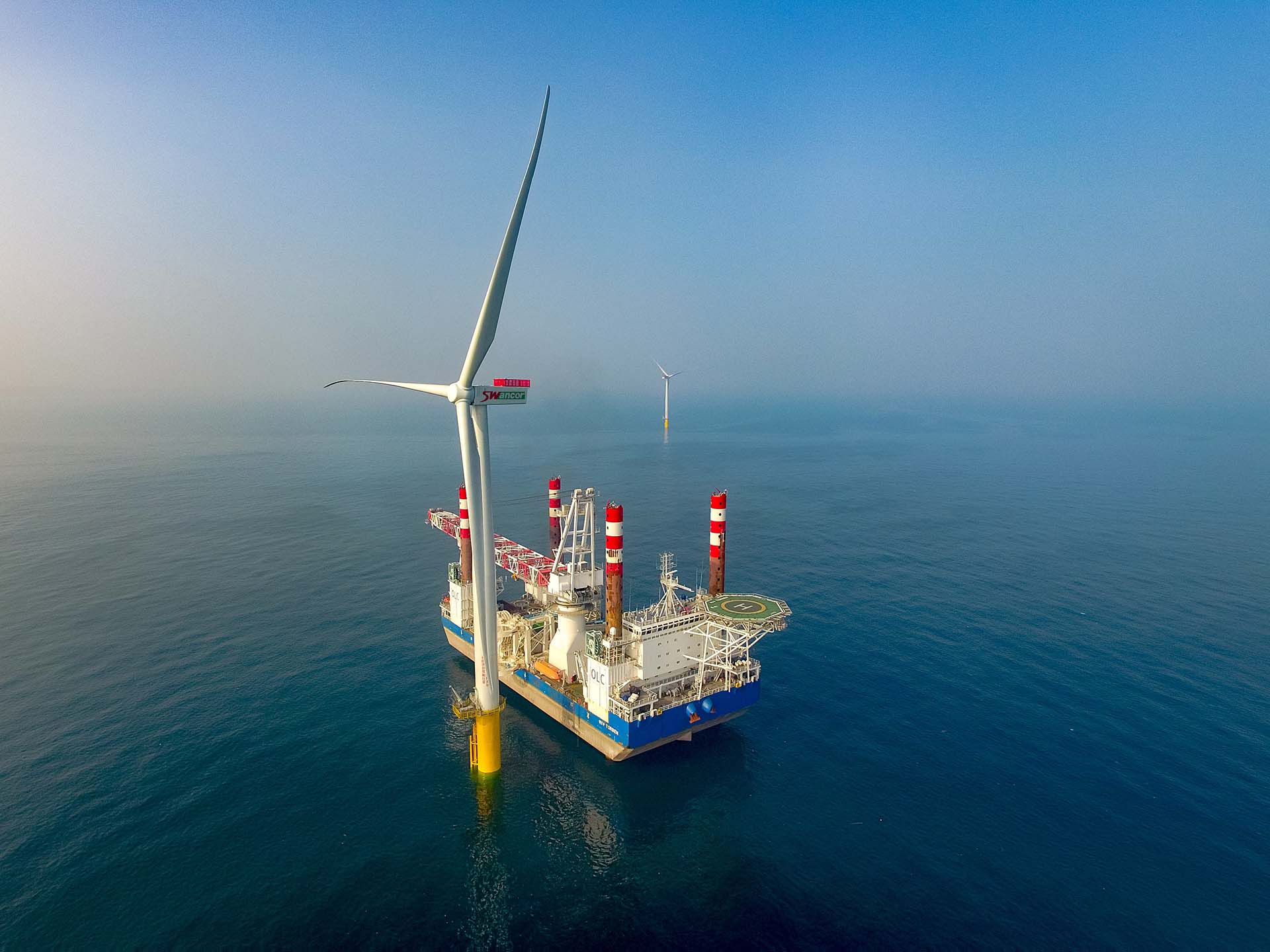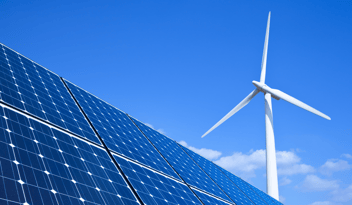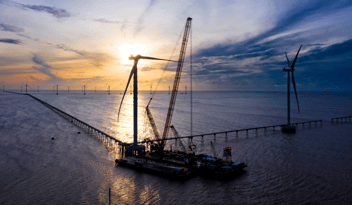 Photo Credit: Formosa
Photo Credit: Formosa
Taiwan's environmental permitting results announced - what's next?
The results of Taiwan’s offshore environmental permitting scheme were announced this month, closing the door on any new, as yet unpermitted offshore developments off the shores of the country.
With this milestone now complete – what do the approved permits reveal and what does that mean for the next phase of offshore development?
Scott Hsu, K2 Management’s Business Development Director for Taiwan, talks about what he thinks will come next in the coming months and years.
“The results revealed that nine developers qualified for offshore environmental permits, totaling 10.5GW and to everyone else who wants to develop on Taiwanese waters, the door is now closed."

Hsu comments, “This is an exciting development for the offshore market in Taiwan – the original offshore wind target was 3.5 GW before the auction scheme was introduced so to see a 5.5 GW commitment from the government, the industry and stakeholders with a commercial operation date (COD) of 2025, is fantastic.”
With only four local developers successful in these latest results, European developers are showing their commitment to the development of the Taiwanese markets, with some applying for multiple projects.
So what’s next?
“Over the next six months, these developers will compete to be successful in winning their share of 5.5 GW of contracts up for grabs – 3.5 GW will be selected for the feed-in-tariff (FIT) and the rest, 2.5 GW, under auction in May. This means that all projects awarded, through both FIT and auction, will ink their contracts by the end of June this year.”
“The government will now look to developers to support and drive the development of the local supply chain and local financing opportunities to successfully complete the projects.” Hsu remarks.
“The limited local supply chain is having an effect on the planned local content strategy which stipulated that awarded projects have to commit to engage in local contractors, such as finance, supply chain etc.
“Although a major driver for the criteria earlier in the development process, this commitment has now been pushed back until 2021 to focus more firmly on supply chain development. The government will also have to consider the impact of this strategy alongside the WTO trade policy which may have conflicting interests.”
Phase 3 of offshore development is expected to be released by the government by the end of 2019 and targets are expected to be an additional 5-6 GW of offshore power for commercial operation between 2026 and 2035.
Taking off the rose-tinted glasses
The outlook for Taiwan’s offshore market is certainly positive but let’s not forget the emerging market challenges that it has to overcome.
Hsu comments, “The next 12-18 months will see major pressure being placed on administration resources, as the government navigates through the long permitting process – this has the potential to delay the progression of those projects that are successful.”
He also notes the planned grid and infrastructure improvements, which are expected to begin construction this year in order to have sufficient capacity released in 2021, 2023 and 2025. “Of course, this is a positive, and necessary, step but delays in getting the infrastructure in order could have a significant knock on effect to the timing of projects' grid connections.”
The inexperience of the local supply chain, in particular local personnel to be employed offshore, will be the first challenge for all potential supply chain, according to Hsu.
He said, “Depending on the local supply chain development, we could see oil and gas contractors from south-east Asian countries come to Taiwan and although they’ll bring a wealth of offshore expertise, the specialism in offshore wind, in particular, are still lacking.”
For more information, please visit Bureau of Energy's project allocation guideline. (Chinese only)
You can read more about our work on Taiwan’s first offshore wind farm, Formosa I for client Swancor, here and listen to what Chairman of Swancor, Robert Tsai, has to say about our collaboration in Taiwan's offshore wind sector:



